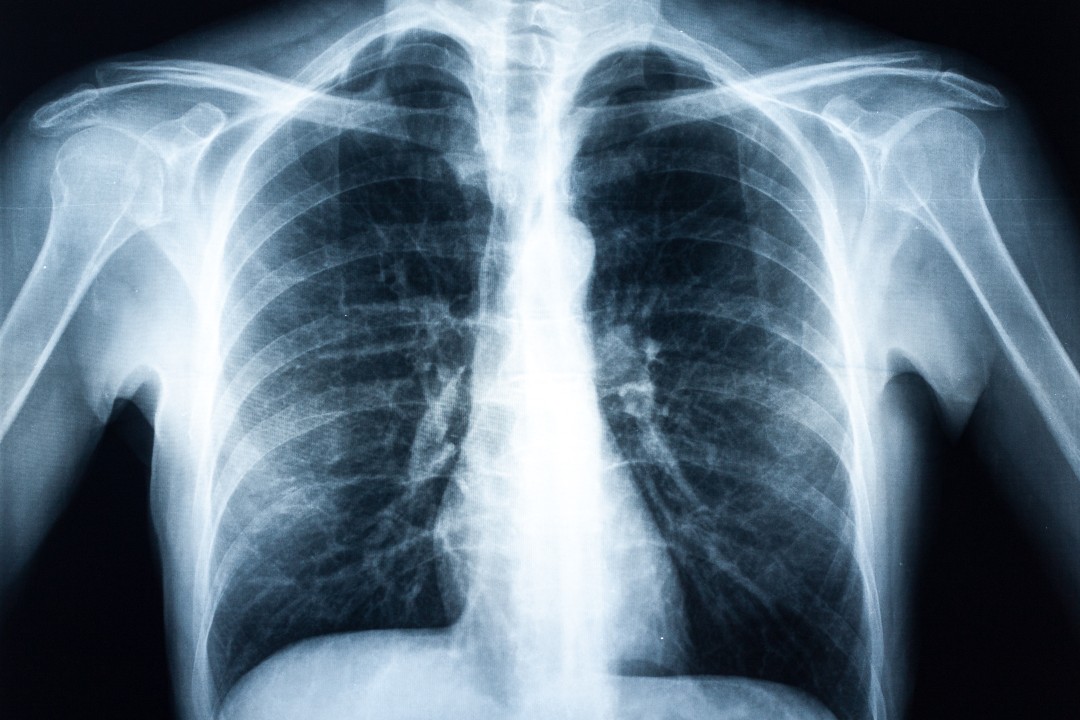Slipped rib syndrome (SRS)
Slipped Rib Syndrome (SRS) is an underdiagnosed and often poorly understand condition of the costal arch or margin. It's caused by excessive movement of the anterior cartilaginous part of the lower ribs as they ‘join’ the costal arch. The excessive movement or hypermobility of the anterior part of the ribs, typically the 8th, 9th or 10th rib is probably caused by either congenital or acquired (following a minor injury or repetitive strain) disruption of the fibrous junctions of these 'false' ribs at the costal arch, allowing the tips of the ribs to move or slip under the rib above. The movement causes lower rib or upper abdominal pain.
What are the symptoms?
The pain is caused by excessive movement of the lower rib tips as they pass under the costal arch (what is sometimes called subluxing). It may be associated with a reported clicking or popping sensation. The pain is typically with certain movements or activities usually involving twisting, bending, deep breathing (so may come on after exercise) or even sneezing or coughing. The pain is often intermittent and sharp when the rib tip is moving excessively but can also be more like a dull ache particularly after an activity that 'triggers' movement. Resting, avoiding certain activities or even stretching out the rib cage can alleviate the pain.
Slipped rib syndrome tends to be one-sided though can affect both sides, tends to affect younger patients though any age can be affected and seems to be more common in certain sports or recreational activities such as swimming. Previous rib injury may lead to a form of acquired SRS. Hypermobility and joint laxity also appear to be linked as does the presence of rib flare and other chest wall problems such as pectus deformities.
How is it diagnosed?
Having discussed how your chest symptoms developed and having carefully examined your chest, the specialist’s diagnosis is usually backed up by a radiological investigation. Dynamic Ultrasound with a radiologist experienced with Slipped Rib Syndrome is essential and often allows the radiologist to demonstrate excessive movement of the rib tip affected.
How is it treated?
Treatment is very much dependent on what the lump is caused by:
Non-operative treatment: Taking a conservative approach is acceptable once diagnosed and would include avoidance of activity aggravating pain, rest, NSAIDS and occasionally 'manipulative' physical therapy techniques may all help. You may also be advised to follow a gentle exercise programme to gradually restore muscle strength.If conservative treatment is not helping a trial of local anaesthetic with or without corticosteroid may be considered.
Surgery: Depending on the source of pain, surgery may be recommended. Typically either a rib tip excision or a form of chest wall stabilisation.
How long does it take to recover?
Recovery will depend on the source of chest wall pain and treatment you’ve had. Your specialist will be able to advise you on when you can expect to return to everyday activities – this is normally within three months.
Important: This information is only a guideline to help you understand your treatment and what to expect. Everyone is different and your rehabilitation may be quicker or slower than other people’s. Please contact us for advice if you’re worried about any aspect of your health or recovery


